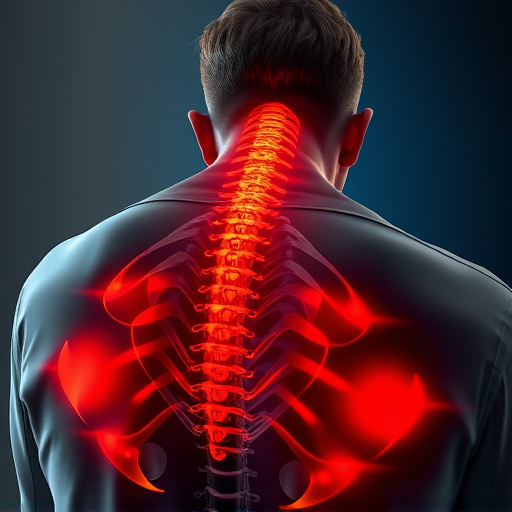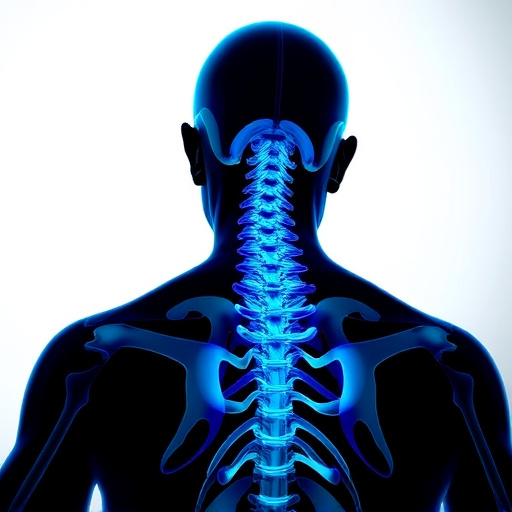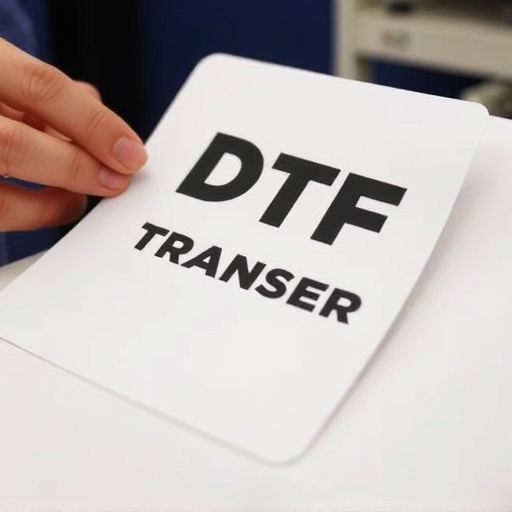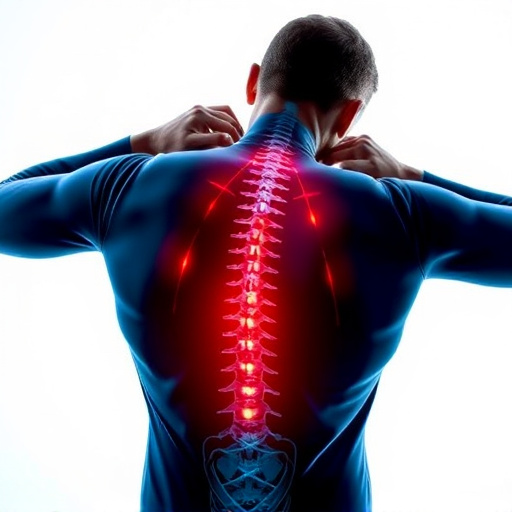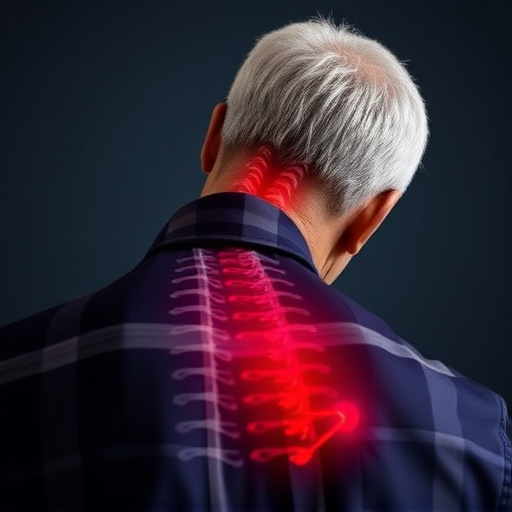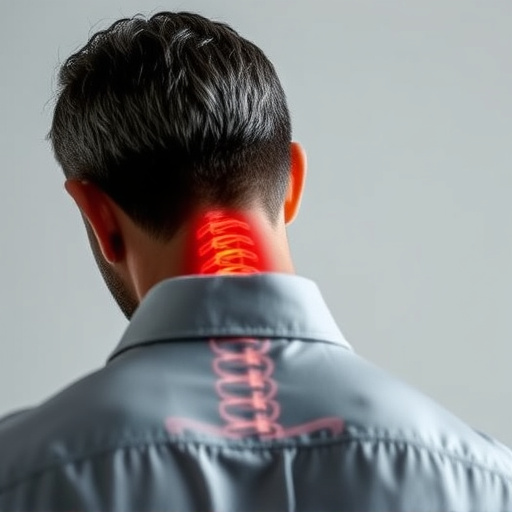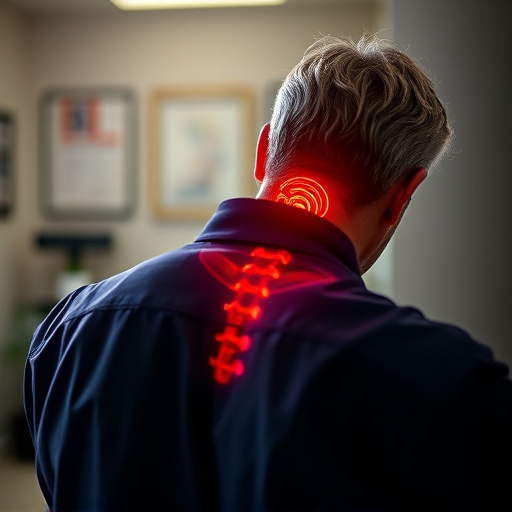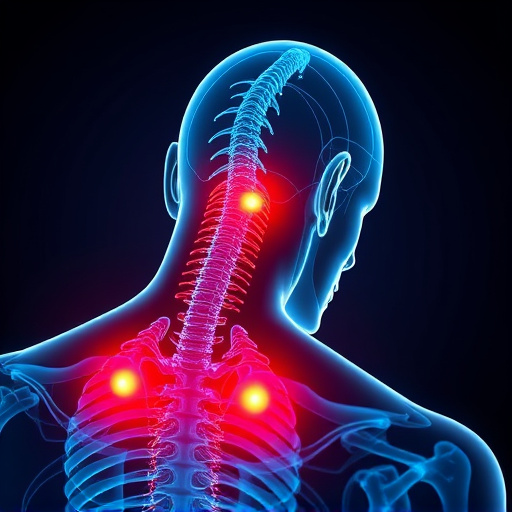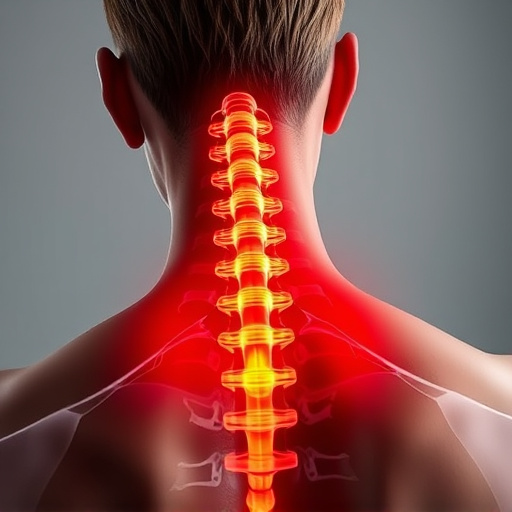Collision injuries, while often overlooked, can cause significant pain and long-term health issues. Early specialized care through medical professionals is crucial for improved recovery. Personal Injury Protection (PIP) insurance provides financial support without liability proof, but claimants must adhere to the 14-day rule, notifying insurers within 14 days of any accident-related medical treatment. These specialists offer multidisciplinary expertise in diagnosing and treating various injuries, from minor soft tissue damage to severe fractures or internal bleeding. Rehabilitation tailored to individual needs, including physical, occupational therapy, and psychological support, aims to restore function and enhance quality of life. Educating drivers about safety features and emphasizing the 14-day rule for PIP claims helps prevent injuries and enhances road safety.
In the fast-paced world of automotive accidents, medical professionals specializing in collision injuries play a pivotal role. Understanding these complex traumas requires expertise and specialized care. This article delves into the multifaceted aspects of this field, exploring how experts navigate the challenges posed by collision injuries. From diagnosis to rehabilitation, we’ll uncover best practices and essential knowledge, including insights on PIP insurance and the 14-day rule, empowering both patients and professionals.
- Understanding Collision Injuries: A Common Yet Complex Issue
- The Role of Medical Professionals Specializing in This Field
- PIP Insurance and the 14-Day Rule: What Every Patient Should Know
- Diagnosis and Treatment Plans for Different Types of Collision Injuries
- Rehabilitation and Recovery Processes Post-Collision Injury
- Preventive Measures: Ensuring Safety During Vehicle Collisions
Understanding Collision Injuries: A Common Yet Complex Issue
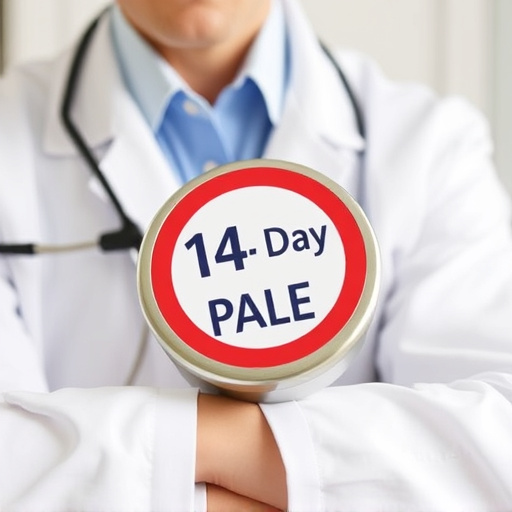
Collision injuries, while commonly encountered in everyday life, can be complex and multifaceted. These injuries often occur during motor vehicle accidents, sports impacts, or work-related incidents, and they require specialized knowledge to diagnose and treat effectively. Many individuals mistakenly believe that because these injuries are frequent, their impact is less severe. However, this couldn’t be further from the truth; collision injuries can lead to a wide range of symptoms, including pain, reduced mobility, and long-term health issues.
One crucial aspect to understand is the role of PIP (Personal Injury Protection) insurance and its 14-day rule. This rule refers to a period after an accident where individuals are advised to seek medical attention promptly. Early treatment can significantly impact recovery outcomes. Medical professionals specializing in collision injuries play a vital role in navigating these complexities, ensuring patients receive timely care, accurate diagnoses, and appropriate rehabilitation plans.
The Role of Medical Professionals Specializing in This Field
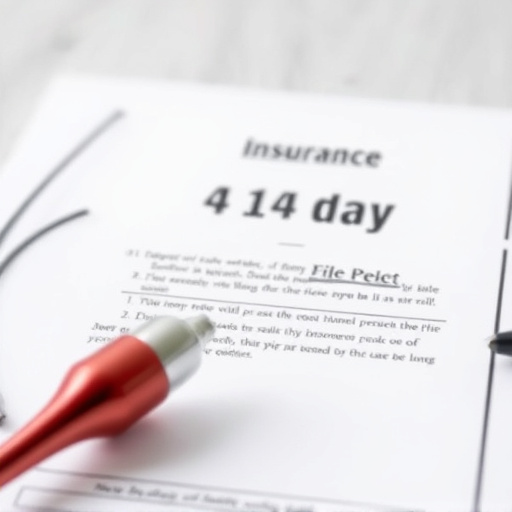
Medical professionals specializing in collision injuries play a crucial role in helping individuals who have been involved in accidents. These experts are trained to assess and treat various types of injuries resulting from car crashes, falls, or other traumatic events. Their expertise extends beyond treating physical wounds; they also focus on rehabilitation, ensuring patients can regain their mobility and independence.
In many cases, these specialists work closely with insurance companies, including those handling PIP (Personal Injury Protection) claims. Understanding the 14-day rule, which mandates swift action in claiming medical expenses after an accident, is part of their expertise. They guide patients through the process, ensuring all necessary documentation is in order and helping to expedite reimbursement for essential medical treatments.
PIP Insurance and the 14-Day Rule: What Every Patient Should Know
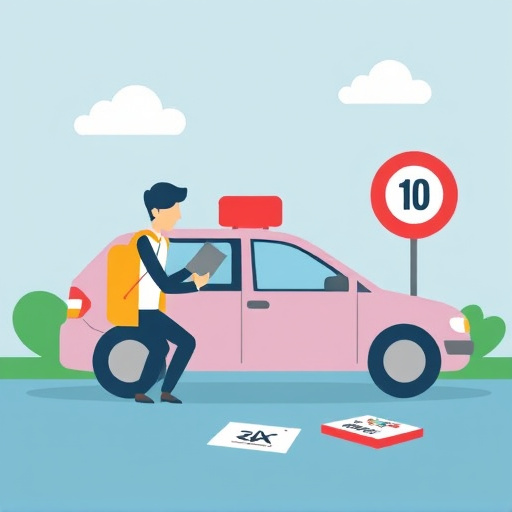
PIP Insurance and the 14-Day Rule are crucial aspects patients should be aware of when dealing with collision injuries. PIP, or Personal Injury Protection, is a component of auto insurance that provides benefits to policyholders injured in car accidents. It covers medical expenses, lost wages, and other associated costs without having to prove liability. However, there’s a 14-day rule that stipulates claimants must notify their insurance company within 14 days of receiving medical treatment for the injury related to the collision.
Failing to adhere to this rule can result in a denial of benefits or reduced compensation. Patients are advised to promptly report any medical visits, treatments, or examinations related to the accident to their PIP insurer. Keeping detailed records of all communications and documentation is essential to ensure a smooth claims process.
Diagnosis and Treatment Plans for Different Types of Collision Injuries
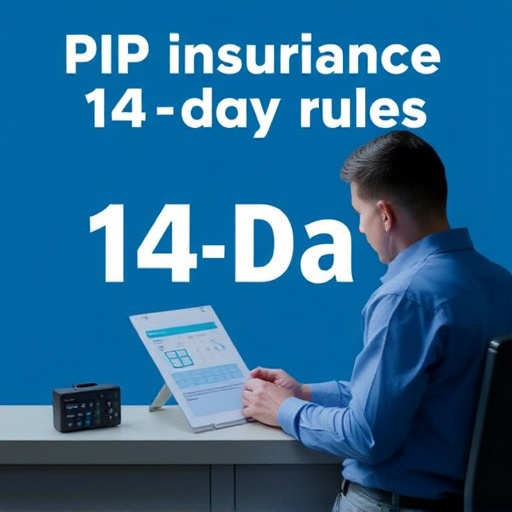
Diagnosing collision injuries requires a thorough understanding and expertise in various medical specialties, as these types of traumas can manifest in diverse ways. Medical professionals specializing in this field assess each patient individually, considering not only the immediate physical symptoms but also potential long-term effects. A detailed medical history, physical examinations, and advanced diagnostic tools such as imaging scans are instrumental in pinpointing the specific type and severity of injuries.
Treatment plans vary greatly depending on the nature of the collision injury. For soft tissue damages, rest, physical therapy, and medication might be sufficient. In more severe cases involving fractures or internal bleeding, immediate medical intervention is crucial. These interventions may include surgery, hospitalization, or emergency care procedures. Additionally, rehabilitation programs tailored to each patient’s needs help them regain mobility and strength, ensuring a successful recovery. The 14-day rule related to PIP (Personal Injury Protection) insurance is an important consideration, as it sets a timeframe for certain medical expenses to be covered without requiring a formal claim, which can significantly aid patients in managing their collision injury treatment costs.
Rehabilitation and Recovery Processes Post-Collision Injury

Following a collision injury, the rehabilitation and recovery process is crucial for restoring physical function and returning to daily life. Medical professionals specializing in collision injuries play a pivotal role in this journey. They design individualized treatment plans incorporating physical therapy, occupational therapy, and sometimes psychological support to address the unique needs of each patient. The goal is not just to heal injuries but also to enhance patients’ overall quality of life.
Rehabilitation often begins with assessing the extent of the injury and identifying areas affected. This involves advanced diagnostic techniques and a thorough understanding of human anatomy. Once determined, the healthcare team creates a structured plan. For instance, in cases where PIP (Personal Injury Protection) insurance is involved, the 14-day rule dictates prompt treatment initiation. The recovery timeline varies based on injury severity, and regular progress assessments are vital to adjust treatment accordingly.
Preventive Measures: Ensuring Safety During Vehicle Collisions

In the realm of collision injuries, medical professionals specializing in this field play a pivotal role in managing and mitigating the impact of vehicular accidents. Preventive measures are a cornerstone of their approach to ensure safety during vehicle collisions. One crucial aspect is educating drivers on the importance of safety features like airbags, seatbelts, and proper child safety seats. Additionally, promoting defensive driving techniques can significantly reduce the risk and severity of accidents.
Another vital component of preventive measures is understanding the 14-day rule related to PIP (Personal Injury Protection) insurance. This rule dictates that individuals involved in car crashes should seek medical attention within 14 days for their injuries to be eligible for PIP benefits. Early evaluation allows for better treatment planning and documentation, which can significantly aid in the long-term recovery process. By combining education, awareness of safety features, and adherence to insurance rules, these medical professionals contribute to minimizing collision-related injuries and enhancing overall road safety.

